A call to save breeding ground for birds on Musambwa island
Conservationists and the island community leaders say the rising water levels have extended about 50 metres from the original shoreline into the island.
CONSERVATION
- Nearly 1000 eggs destroyed, over 500 birds killed
- Conservationists raise call to save remaining breeding areas
________________________
KYOTERA | It is dawn at Musambwa island, the world's largest breeding colony for tens of thousands of grey-headed gulls, in Uganda's southern region.
The chirping birds are uninterrupted as they happily leap from corner to corner of rocks and trees. A fleet of gulls take flight while others remain to guard their nests, eggs and babies.
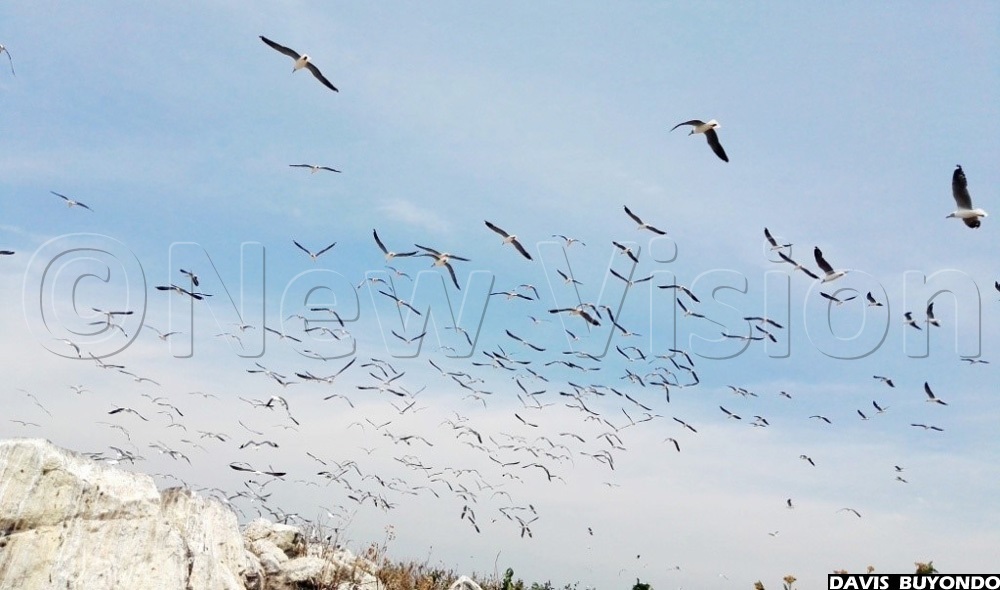
Meanwhile, wild waves sweep from Lake Victoria, the largest lake in East Africa. They violently slam the rocks on the shoreline, dumping huge volumes of water over several breeding grounds of different bird species, leaving them flooded.
The adult gulls are forced to relocate to higher rocky ground, abandoning their young ones and unhatched eggs. By now, the feeble attempts for the frightened lonely chicks to escape the looming danger are failing. The nesting birds near the rocks helplessly drown, while numerous ground nests and eggs are destroyed in a repeated assault by the ferocious waves.
Going around the rocks, you trip over dead gulls, little egrets, greater cormorant, long-tailed cormorant and the black crakes. A plain count of more than 80 eggs of different bird species and 110 dead birds strewn within an area of one acre provides a fairly clear illustration of the impact of the recently rising water levels and floods on the birds and the breeding territories.
Although the actual impact is not yet known, Enoch Ntale, a conservationist and tour guide on the island, estimates nearly 1,000 eggs were destroyed and over 500 birds, especially nestlings, killed by the floods.
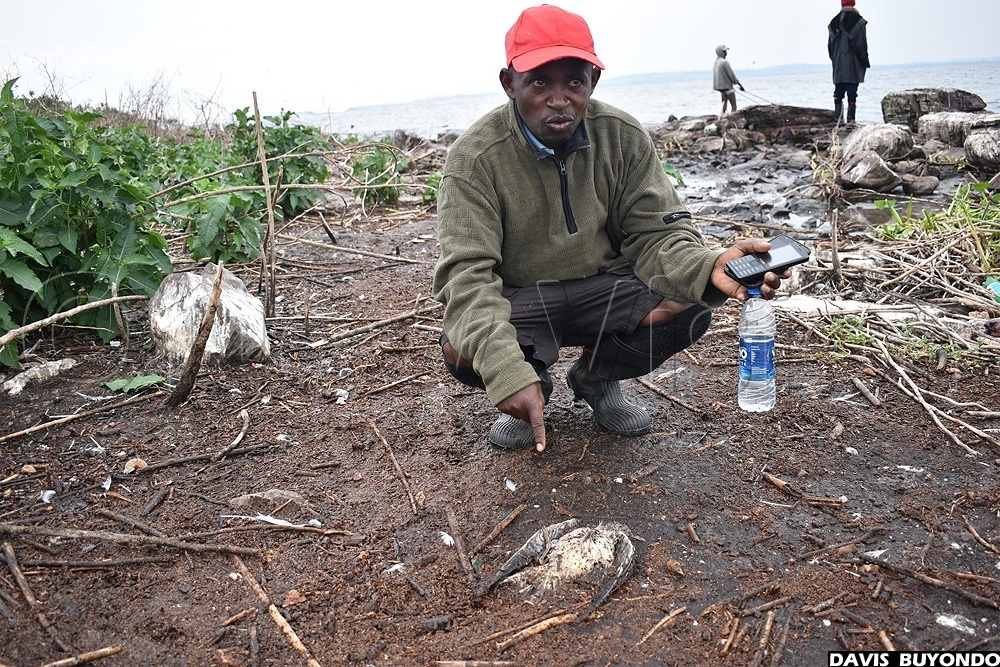
"This is a natural calamity and we can do little about it. However, we expect to determine the impact any time. But what I know, the number of birds will reduce as a result of the floods," he says.
A May 1, 2020 statement by Sam Cheptoris, the Minister for Water and Environment, about the water levels of Lake Victoria indicates that the water increase hit a record of 13.42-metre mark, surpassing the 1964 record of 13.41 meters. Thus, Musambwa, Migingo and Ssese islands are almost submerged, forcing several occupants, including birds, to relocate.
According to the conservationists and the island community leaders, the soaring water levels have since extended about 50 metres from the original shoreline into the island, affecting people's settlements and lower-ground breeding colonies.
Although the water has slightly receded by about one metre, the conservationists argue that it may take about two months for the water to return to its normal levels.
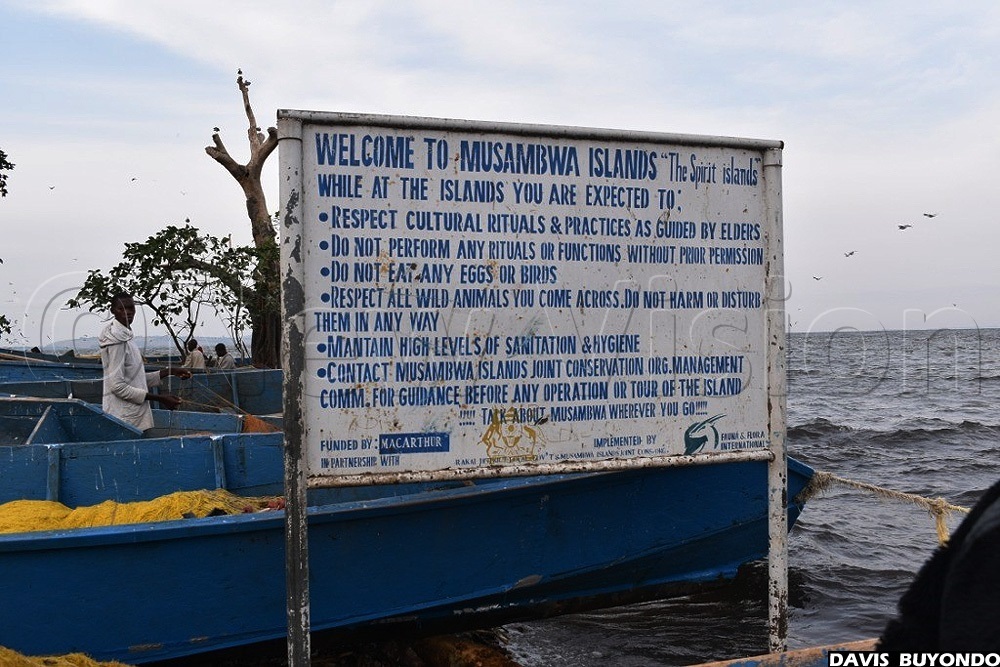
According to Ntale, mostly gulls have lost their young ones and eggs yet the fishermen have extended their settlements to the breeding colonies.
He adds that the disaster happened during the nesting period - a time when the grey-headed gulls prepare nests where they lay eggs, hatch and raise their chicks until they are ready to fly and fend for themselves.
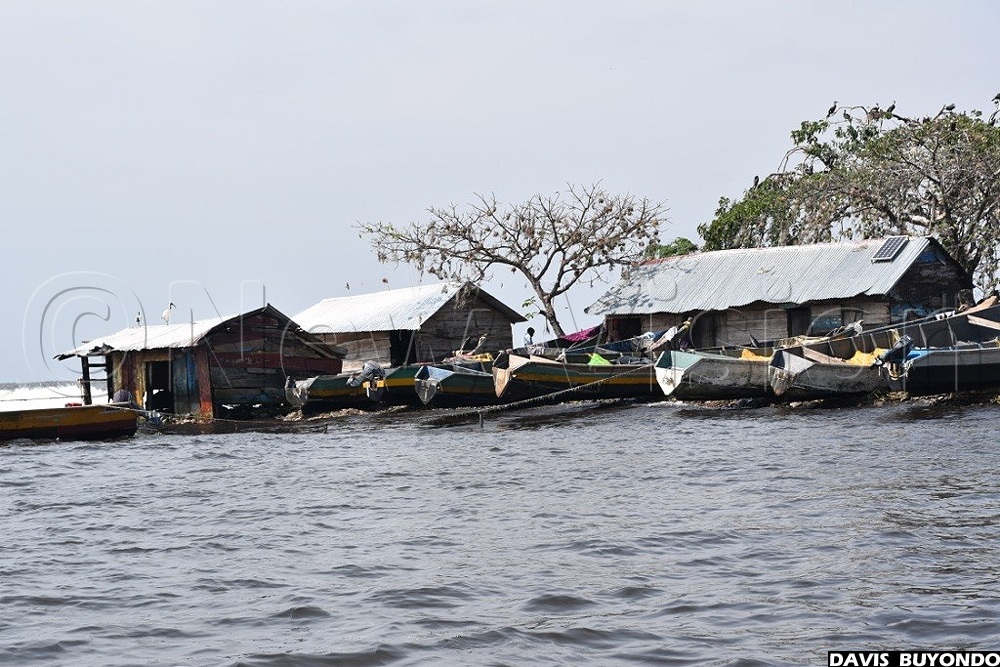
Musambwa, a six-acre island, is located in the northwestern part of Lake Victoria. It is so far the world's largest breeding colony for birds, mainly the gulls.
The island is located five kilometres from Sango Bay and about eight kilometres from Malembo landing site. It is made up of three rocks. Two are outsized and sparsely vegetated while the smallest is plain rock and currently submerged in water.
Other birds
The island is home to 100 bird species. It is estimated that about 200,000 birds live and breed on the island. Apart from the grey-headed gulls, there are little egrets, greater cormorant, long-tailed cormorant and the black crake.
Others include the white-winged black tern, sacred ibis, Egyptian goose, spur-winged plover, cattle egret, lesser black-backed gull, grey heron and common moorhen, in addition to snakes and pythons.
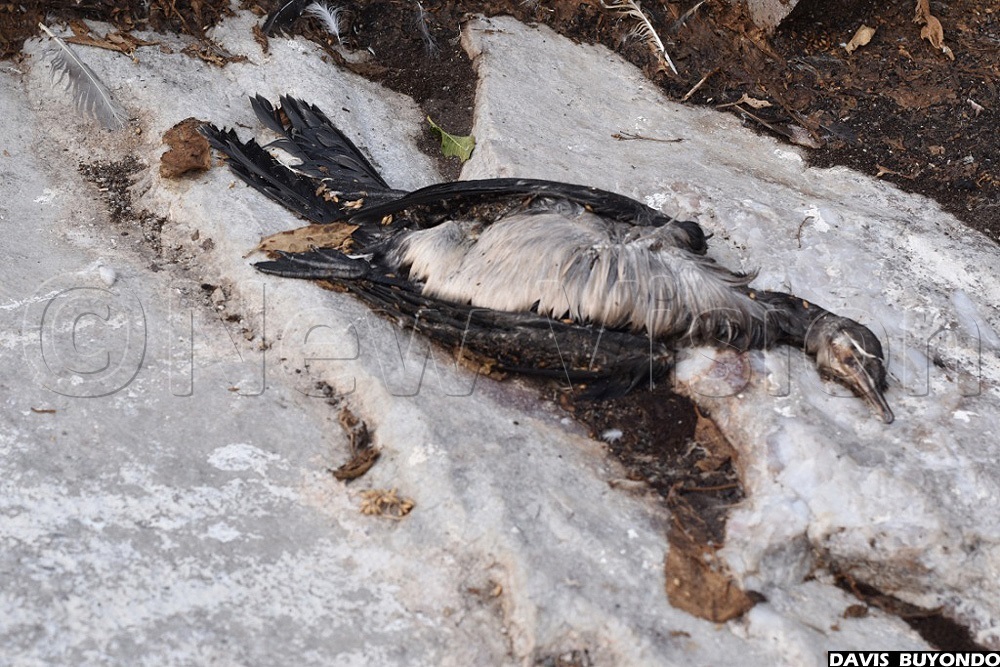
Impact
The breeding territories have gradually shrunk due to encroachment by fishermen. In addition, the small island which was a breeding colony for over 3,000 gulls, is completely swallowed by water, forcing the birds to migrate to the remaining two rocks where they are fighting for space.
Charles Tebasulwa, the chairperson of the Association of Fishers and Lake Users of Uganda (AFALU) on Musambwa island, says they suffered the immediate impact of the floods, which forced them into the dry areas for survival.
"Our houses (shacks) near the shores were submerged. It is unfortunate that we were forced to relocate to high dry areas to share space with the birds," he says.
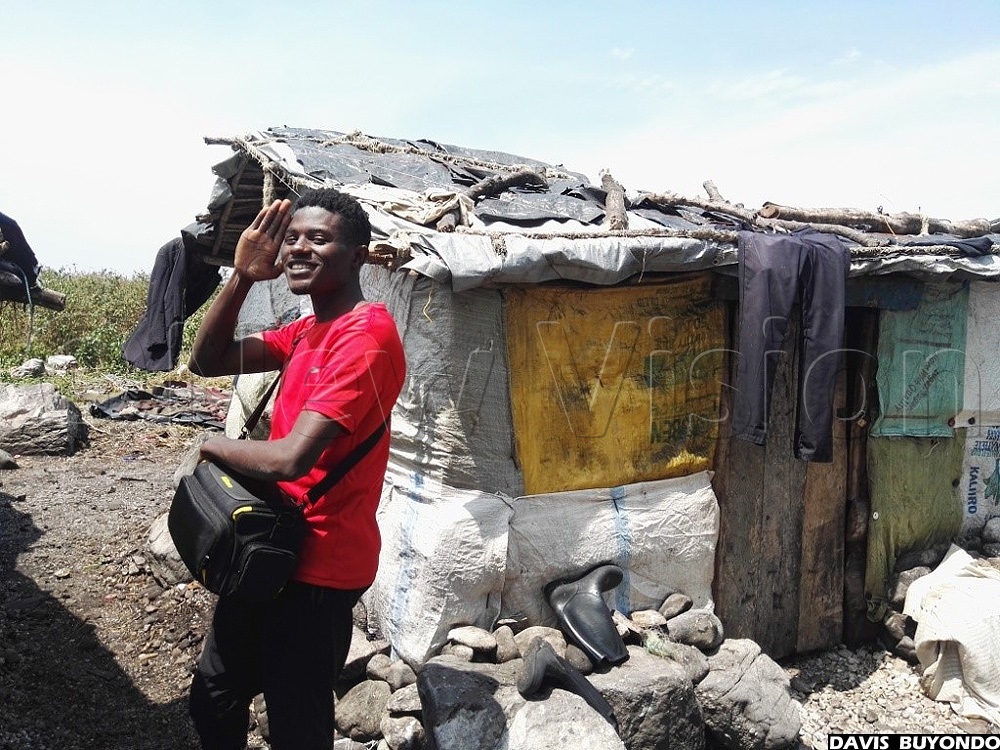
Despite their intrusion, Tebasulwa says, they are complying with the conservation guidelines to preserve the birds. To conserve the birds, they resorted to rearing domestic birds such as chicken and ducks in addition to the plenty of fish in the lake.
"For that reason, we have decided to give the gulls a chance to multiply. Still, it is because of conservation that we allow coexisting with the birds, forest cobras, pythons and other creatures."
The fishermen have further pledged to vacate the birds' territory soon after the water recedes to its normal levels.
It was a first-time visit for Ivan Ndawula, a tourist and bird photographer, to the island after learning about its thrilling history.
"I love bird watching and natural sights. I came to take pictures of birds on this historical tourism site. But I am touched to see dead birds in almost every corner of the island," he says.
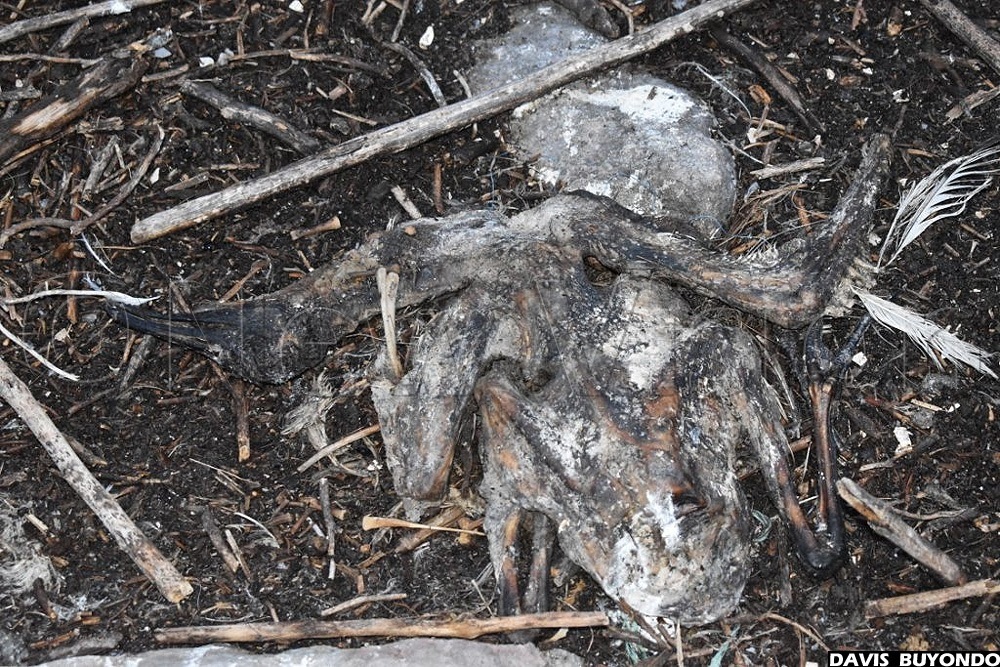
Nature Uganda
Nature Uganda is a leading conservation organisation championing the protection of birds and their habitats. They got interested in the island in 1998 because it hosted the only breeding colony of grey-headed gulls, little egrets, and long-tail cormorants.
Achilles Byaruhanga, the organisation's executive director, says that at that time, the island had 30,000 pairs of grey-headed gulls, making it the largest known breeding colony in Africa.
"In 2001, it was identified as an important area, critically important for the conservation of birds around the world. And in 2005, the government of Uganda recognised the site together with Sango Bay as Ramsar sites" he says.

In due course, Byaruhanga adds, the colony re-established the numbers and increased from 5,000 to nearly 60,000 birds in 2008. Besides, the organisation deployed a team to monitor the island and enforce good conservation practices.
He says the bird counting is done twice a year: January and July.
The recent count in January 2020 indicated the total number of grey-headed gulls was 100,000 (individuals) while the breeding pairs keep fluctuating between 30,000 and 50,000 pairs.
There are mainly two populations of gulls, namely; the resident, which do not migrate, and those that migrate to Asia or Europe and return during winter.
During the October to February migration season, the numbers tend to be high but they reduce after March when the migrant group has left the country, according to Byaruhanga.
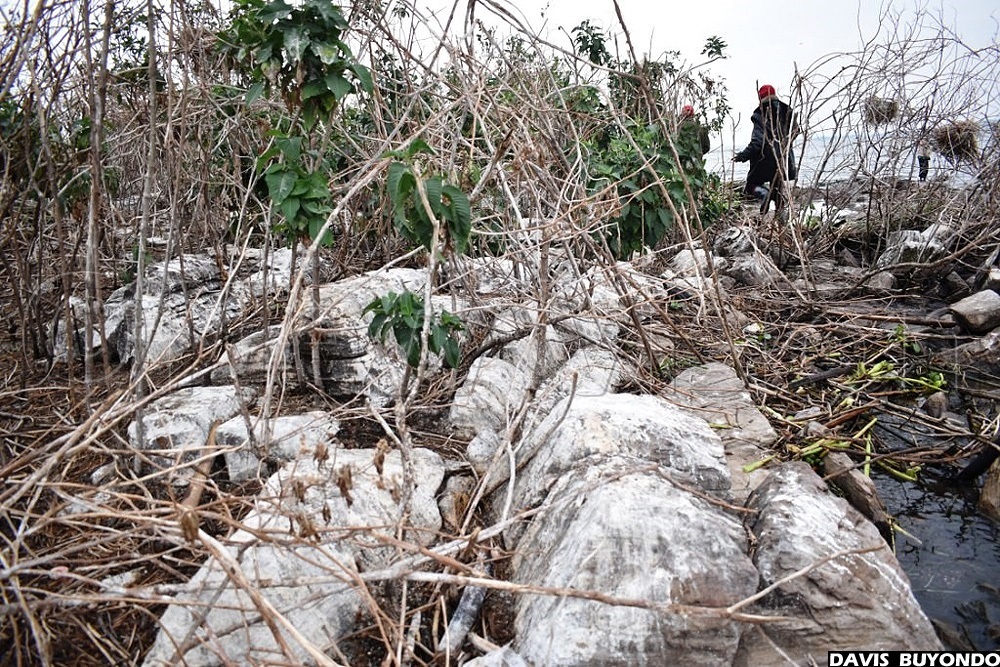
Conservation plan
Nature Uganda's conservation programme is meant to establish mechanisms through which all the occupants with a stake in the island, including fishermen, birds and reptiles, can sustainably coexist.
"We engaged the fishermen in the conservation plan and they are seeing the results. Groups of local and foreign tourists have started visiting the island at least every week, only that the coronavirus pandemic interrupted the visits," says Byaruhanga.
The gulls lay between two and three eggs. Previously, he adds, the occupants had a tendency of eating the eggs and later resorted to selling them at Malembo, Kasensero and nearby landing sites. But the practice gradually stopped, hence the increasing number of the gulls.
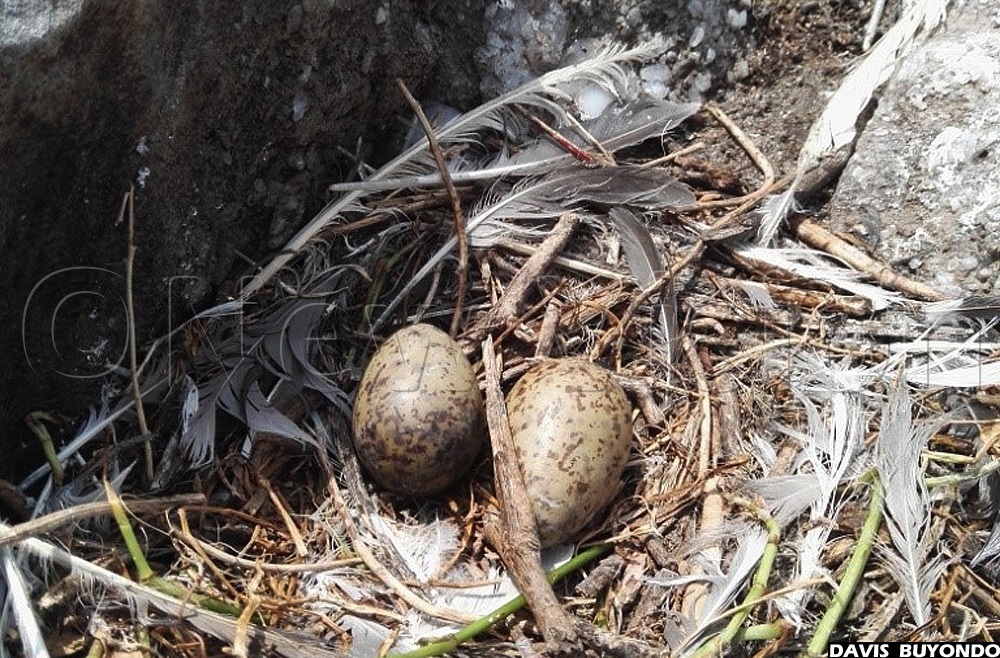
Other breeding areas
While Musambwa island is the most pronounced breeding colony, other sites where the little egret and long-tailed cormorant can breed have been discovered.
"We have also found out other places where the grey-headed gulls have attempted to breed but they have not been successful, especially at Lutembe Bay in Entebbe, due to the increased flooding," says Byaruhanga.
The gulls had put nests in October, November and December. And by January this year, the water levels increased and washed the nests away.
Cultural conservation
The word Musambwa means a spirit or, simply, a ghost. There is a belief that there is a female ghost on the island which envies women. Although they are allowed to visit, they are not allowed to stay for a night.
The fishermen believed that the snakes are spirits of the island and no-one is allowed to harm or kill one. And as generations passed, the deadly snakes became domestic. As a matter of fact, there have never been any cases of deadly bites or death from snake poison on the island.
Secondly, sex is not allowed on the island. The fishermen who wish to have sex must sail back to the mainland. This is done to respect the ghost of this island.
A story is told why this is so. Several decades ago, a fisherman took a woman to the island. They got drunk and had sex and the female ghost of the island got jealous and infuriated. An hour later, a violent rainstorm swept all the shacks and smacked nearly all boats on the rocks.
All the occupants quickly evacuated the island until the situation normalised. Since then, the elders at the time prohibited sex on the island, hence restricting women.
To the conservationists, the tradition enabled them to control the population on the island. People would have multiplied and occupied the whole space, which could drive the birds away.
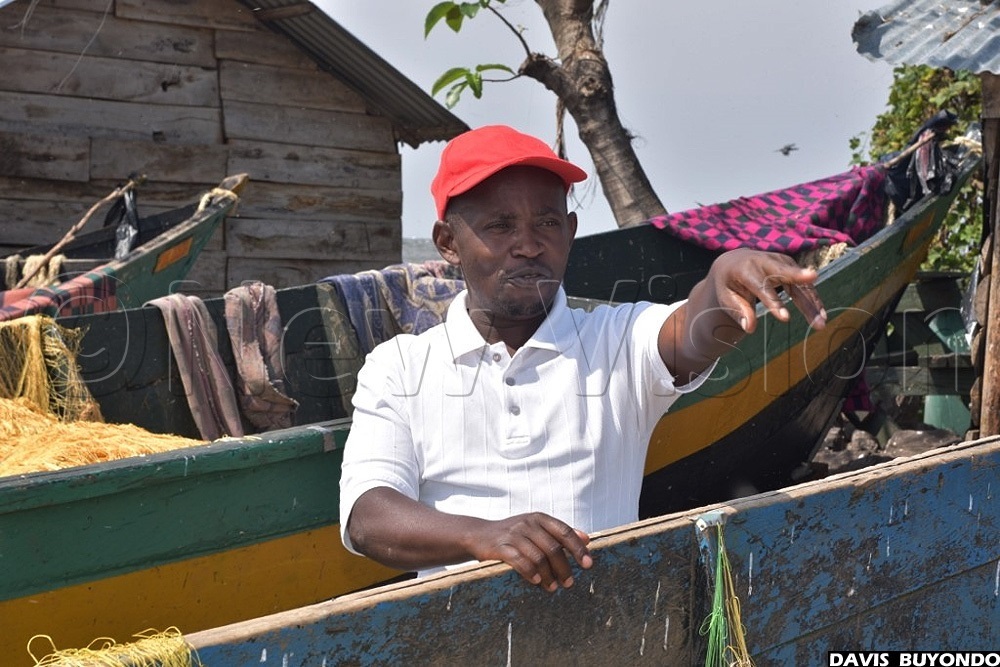
Impact on tourism
According to the Annual Tourism Sector Performance Report of 2018, there was an increase in the number of tourists entering the country, from 1.4 million in the 2017/2018 financial year (FY) to over 1.5 million in 2018/2019. It further indicates that the tourism sector contributed to over 7.7% of the total Gross Domestic Product (GDP).
Byaruhanga says that bird tourism is feeling the pinch of the impact of the floods on the breeding colonies, and his projection is that it may take some time to recover.
The biodiversity around Lake Victoria, he adds, provides plenty of food for the birds, such as worms, flies, insects, fruits and fish. But the unchecked encroachment on the ecological system in different parts of the country has reduced the food chain for the birds.
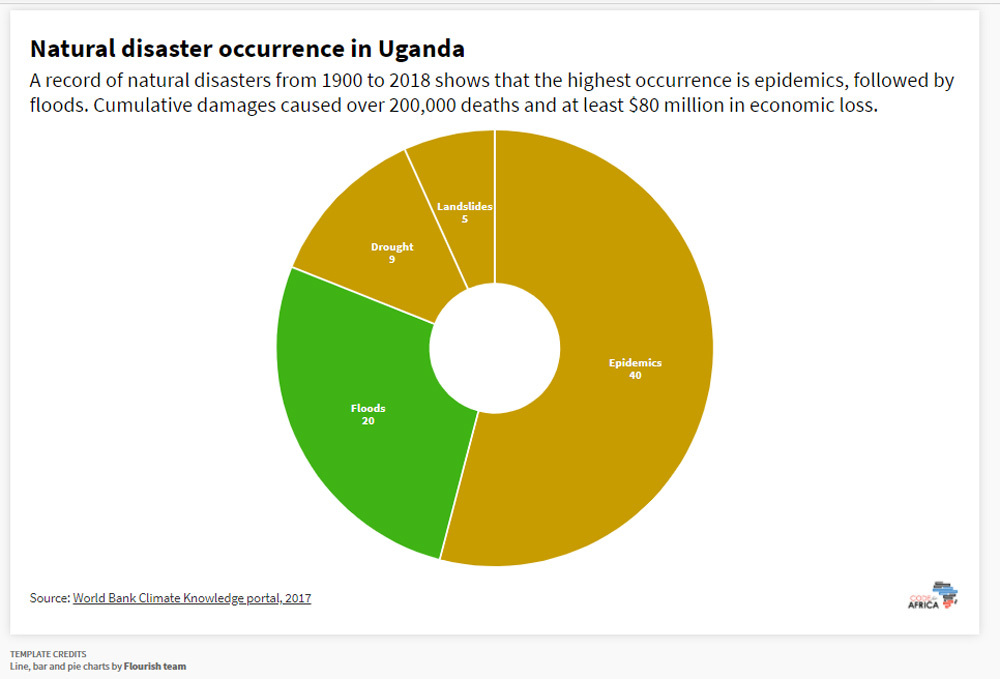
COVID-19 impact
The coronavirus pandemic has affected all sectors of the economy, including bird tourism, according to Byaruhanga. He says the sector has suffered setbacks since the government announced a lockdown in March.
The bird-counting exercise got interfered since several conservationists and tour guides, especially in the border districts, are unable to move during the lockdown.
"Monitoring bird sites and different operations to crack down on illegal activities against wildlife is difficult. In addition, eviction of encroachers on bird territories is quite challenging."
Although the challenges exist, the conservationists on Musambwa island have been striving to monitor the breeding territories.
Maj. David Matovu, the Kyotera resident district commissioner, heads the district COVID-19 taskforce. He says their operations are impeded by poor facilitation.
Matovu adds that they are unable to reach remote island communities to sensitise, screen, treat the residents or distribute government masks. "Musambwa island was left out during the distribution of government masks due to lack of means to reach the fishermen."
As a result, Ntale (the conservationist) says they prohibited strangers from visiting the island unless the visit is well coordinated and purposeful. "If we fall sick, who will monitor the breeding areas? Therefore, we only allow residents on the island in the meantime."
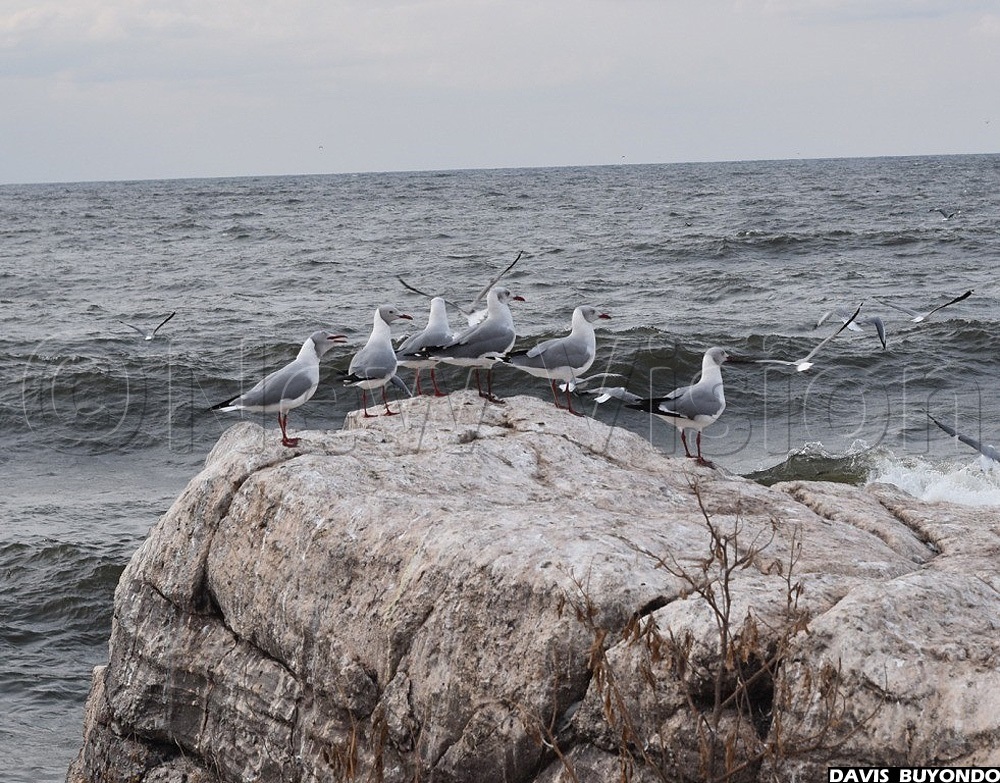
NEMA intervention
In February this year, the National Environment Management Authority (NEMA) embarked on vigorous campaigns to restore wetlands and major water catchment areas along River Bukoola in Kyotera and other districts in the region.
Nicholas Magala, NEMA's central region senior environmental inspector, led enforcement officers who destroyed plantations and evicted more than 200 people from several wetlands, including Sango Bay in Kyotera.
District leaders
Patrick Kintu Kisekulo, the Kyotera district chairperson, says that Naludugavu, Kyojja and Sango Bay wetlands where different birds breed have been cleared, especially during the lockdown when there is minimal inspection and eviction operations.
The residents have replaced several acres of wetlands with plantations of sweet and irish potatoes, cabbages, maize, beans, sugarcane, yams, coffee, banana, cassava, eucalyptus forests and vegetables.
"We have engaged the district environment and natural resources departments to intervene and address the problem before it is too late to save the wetlands," says Kisekulo.
(This story was produced in partnership with InfoNile with support from Internews' Earth Journalism Network)